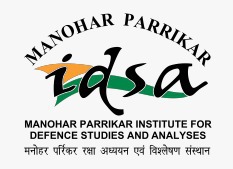Maritime Strategies of China and Southeast Asia
Maritime security in the Indo-Pacific (or the Indian Ocean–Pacific Ocean continuum) has acquired salience following the shift of the centre of gravity from the Atlantic. It has brought the focus onto the trade, resources and energy lifelines that run across it. The emerging power equations marked by an assertive China, a rising India, a resurgent Japan, together with a rebalancing United States make for a potentially turbulent region.
- Udai Bhanu Singh |
- January 2015 |
- Strategic Analysis




